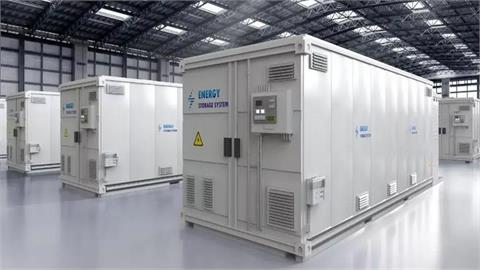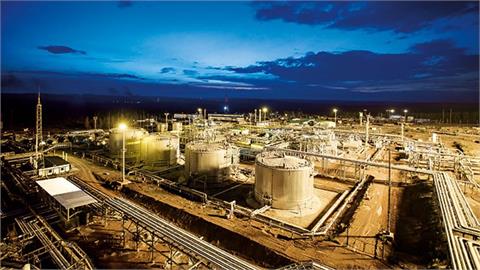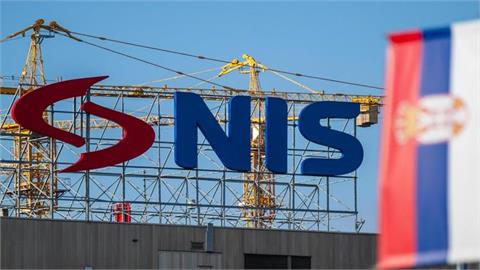European refining margins have recovered strongly this month amid renewed
light ends demand, storage buying of middle distillates, and continued
weakening of the North Sea crude market, trading sources said.
The margin for refining medium-sour UK North Sea grade Forties in
Amsterdam-Rotterdam-Antwerp was assessed at $4.03/barrel Tuesday, its highest
in two months, according to Platts data.
The model margin for Norway's Oseberg rose to $6.51/b, also its highest in two
months.
The biggest movers in Northwest European product cracks in January have been
the light ends. NWE Naphtha cracks have rebounded -- the front-month crack swap
jumped to minus $4.45/b Tuesday, Platts data showed, its highest since
September.
The Eurobob gasoline barge crack has also rebounded in the past three weeks
as demand for lower-octane, higher-sulfur West-African grade gasoline provided
support to the market.
The physical EBOB crack softened slightly Tuesday from a six-week high Monday
at $7.73/b.
Demand from West Africa also exerted upward pressure on blending grades of
naphtha in the Amsterdam-Rotterdam-Antwerp area.
"WAF has been pushing on the light virgin naphtha," said one trading
source, adding it was the "first sign of strength for a long time and all
sellers put their asking price up".
Gasoline that meets West African countries' less stringent regulatory
requirements can have more naphtha blended in than EU-specification gasoline,
because it is allowed a higher sulfur content.
European specification EN228 gasoline has 10 ppm maximum sulfur, whereas West
African specifications are vary from 50-100 ppm across countries.
Naphtha typically has up to 500 ppm sulfur, much higher than any finished grade
gasoline, providing a volumetric limit on how much of the cheaper product can
be blended in.
ARTIFICIAL DEMAND FOR DISTILLATES
Meanwhile in middle distillates, ULSD and gasoil have found support from a
structural contango over the 2015 ULSD low sulfur gasoil futures forward curve
that has supported demand for storage across Northwest European and
Mediterranean markets over the past two weeks.
An artificial demand environment has been created from the contango structures
present in both crude and product markets, traders said, with a
February-December contango of nearly $40/mt last week offering good
opportunities to rebuild stocks drawn down across the market following a period
of tightness over the fourth quarter of 2014.
The $4.50/mt contango per month was enough, in some cases, to cover the
$4-$6/mt cost of storage in the ARA market, sources said.
Strong interest for prompt volumes has seen the structure between front-month
and second-month low sulfur gasoil futures shift into backwardation Wednesday,
while the structure over Q3 2015 remained in a steep $5.50/mt contango, ICE
data showed.
"The market is still long cargoes, and margins are still very good,"
one source said. "There is lots of good demand for storage...we have seen
reports that stocks in ARA are 60% full for distillates now."
CHEAP CRUDE GETS CHEAPER
Cheaper crude has been a key factor, with many North Sea sweet crudes at their
lowest values in several months because of an oversupply in competing regional
markets, despite sustained high refinery run rates and storage buying.
"Runs are high at the moment," said one crude trader. "There is
still space to fill products stocks, so they [refiners] will keep running
hard."
(Platts)



